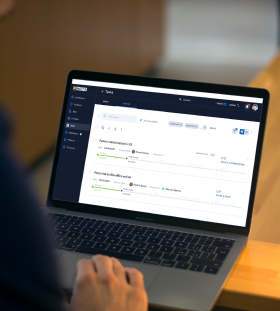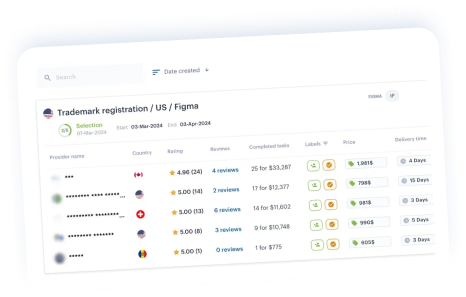Notice of Allowance and Patent Granting
Upon receiving a Notice of Allowance, you should pay the required granting fees. After this payment, the patent will be officially published and granted, thereby securing your exclusive rights



Upon receiving a Notice of Allowance, you should pay the required granting fees. After this payment, the patent will be officially published and granted, thereby securing your exclusive rights







-
An AI-powered IP assistant that helps you create a detailed assignment within minutes.
-
Selection of the most suitable local patent attorney based on specific criteria.
-
Receiving a Notice of Allowance, handling government fees and issuance of a patent certificate.
-
Online monitoring and reporting on the platform throughout the entire process.

-

More than 800 IP law firms from 150+ countries, ranking and reviews
-

An AI-powered IP assistant that helps create tasks and find relevant attorneys
-

Flat fees, secure and fast online payments with guaranteed results
-

24/7 access to the registration process and online data storage for all your cases
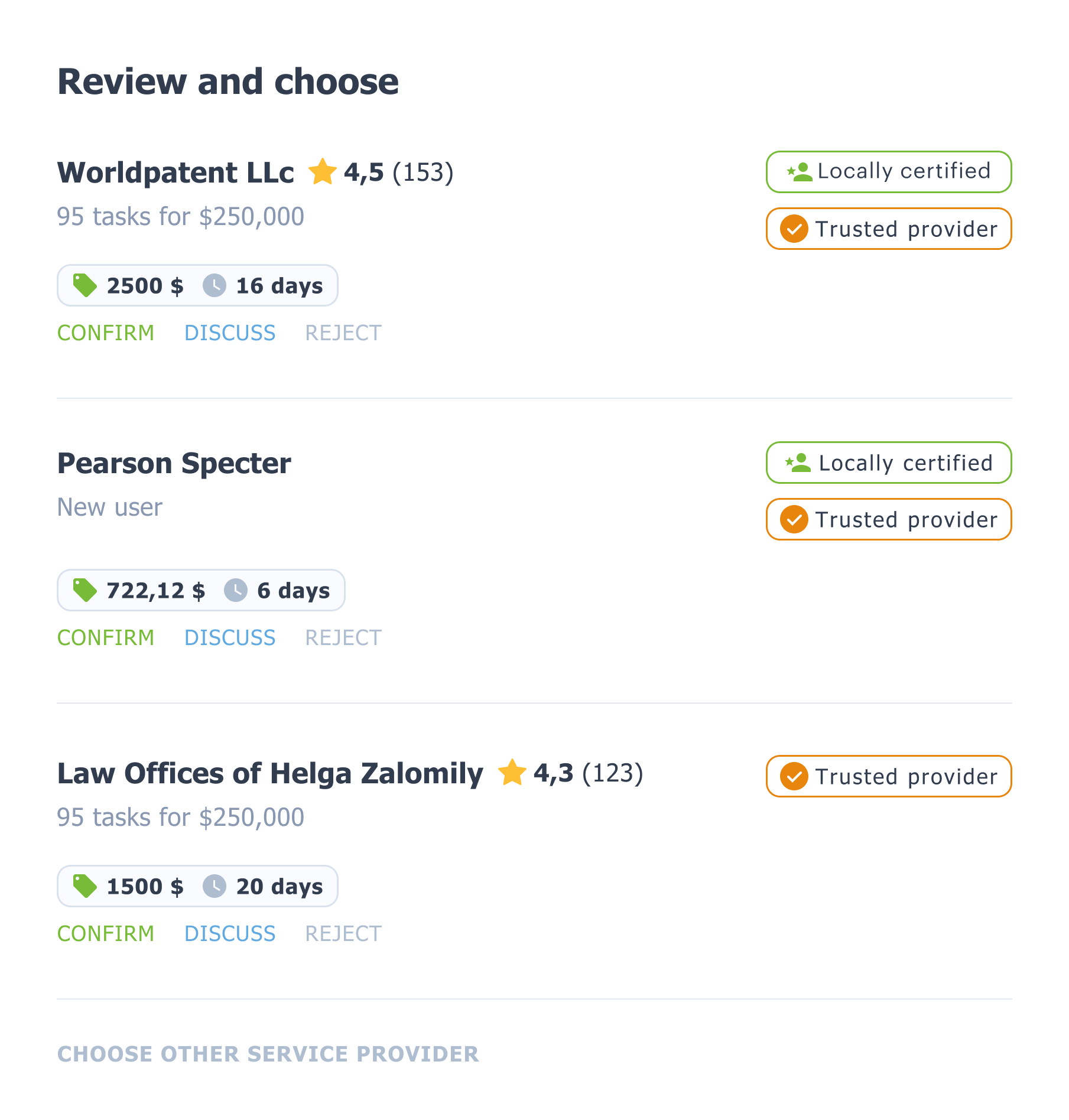

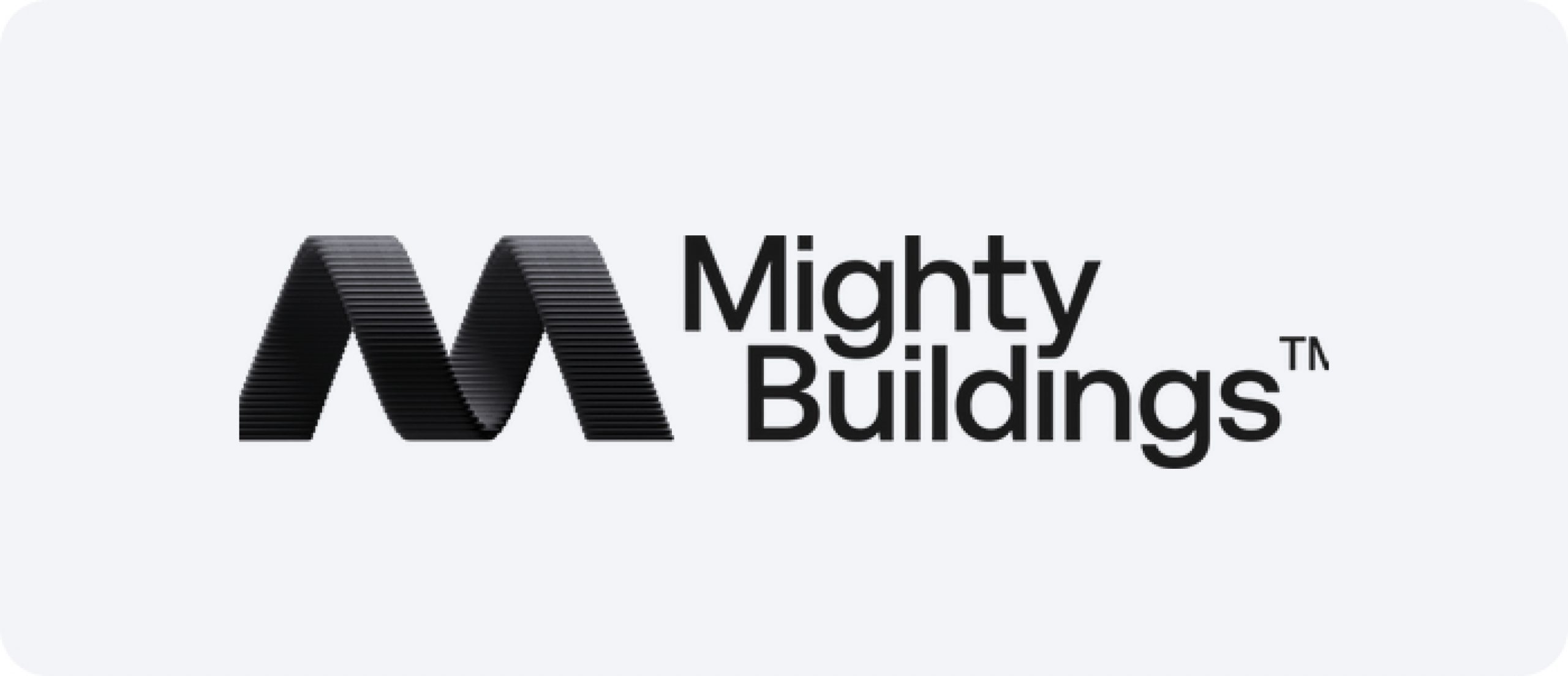
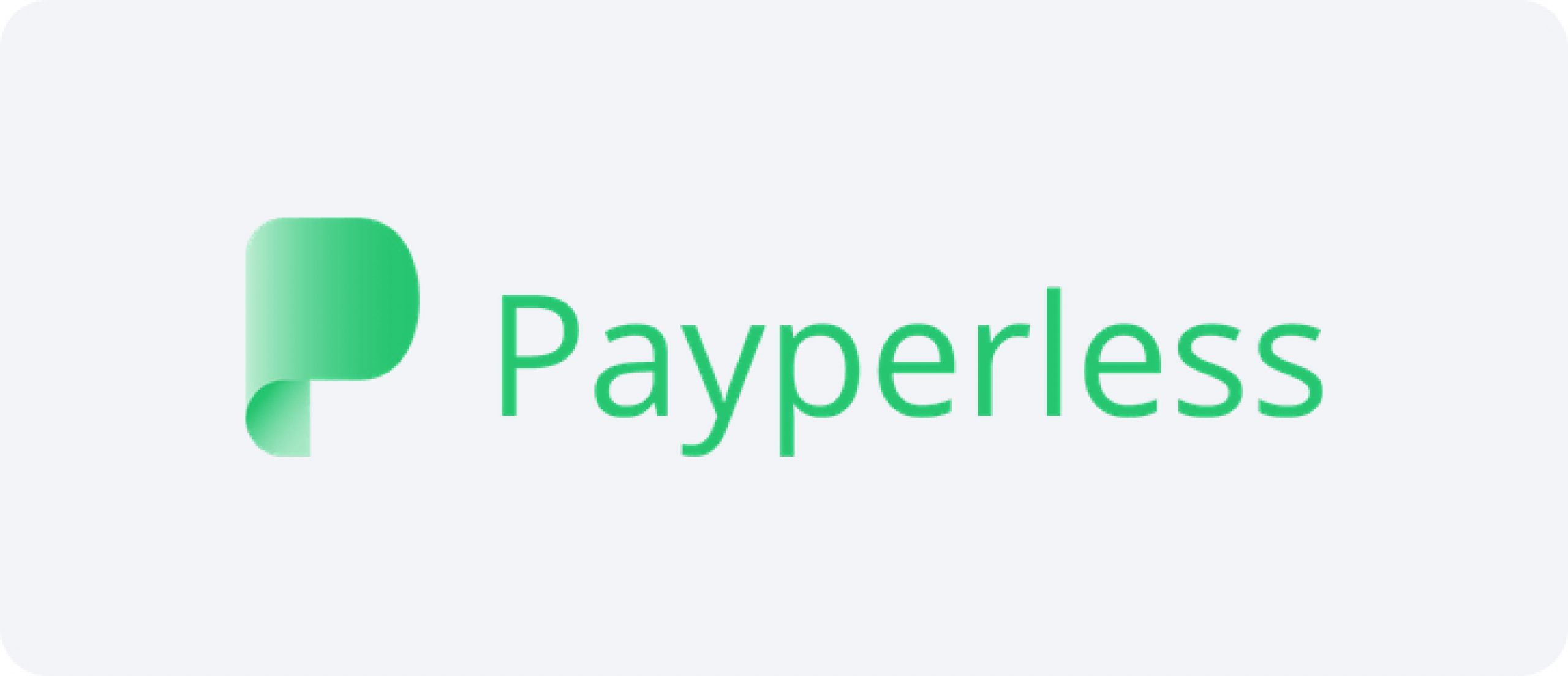

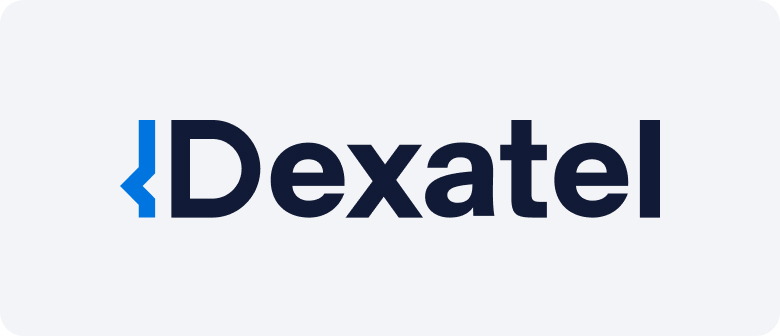
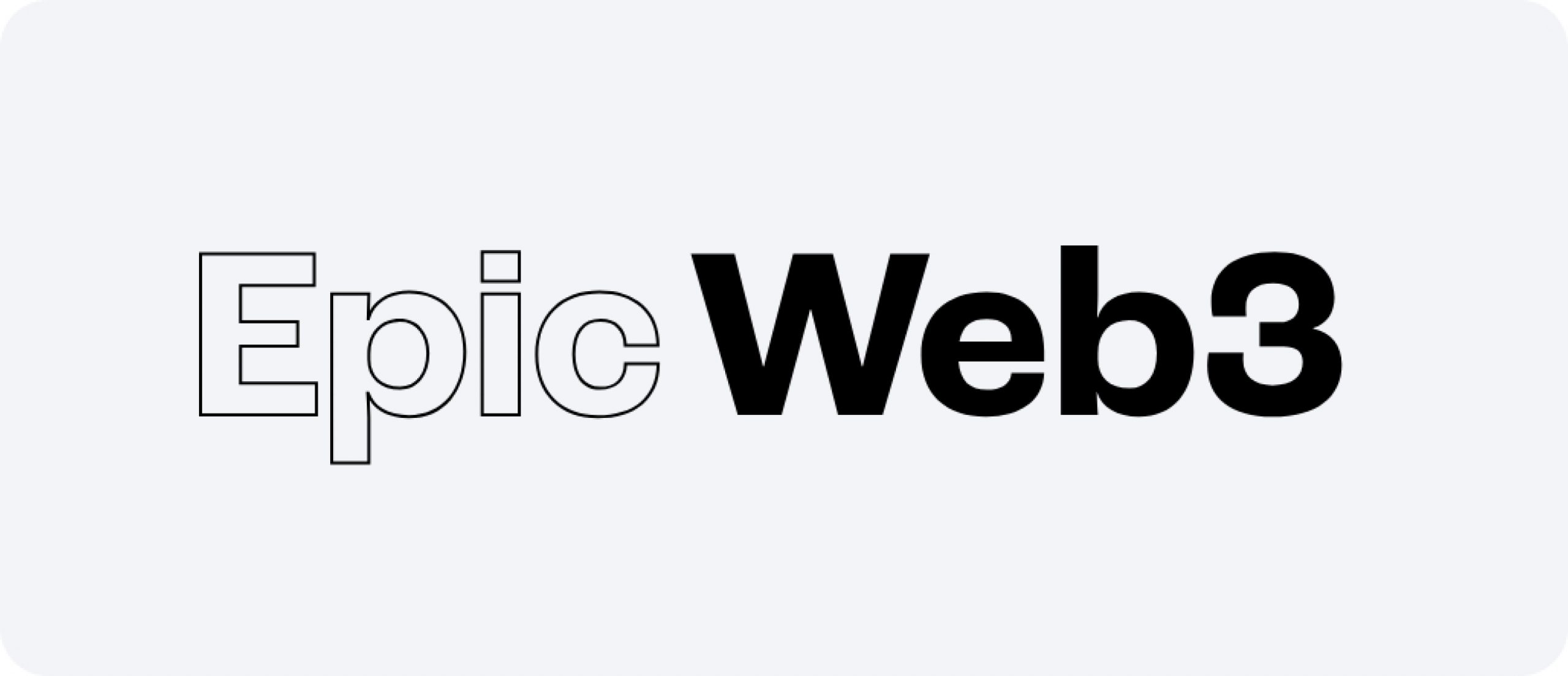
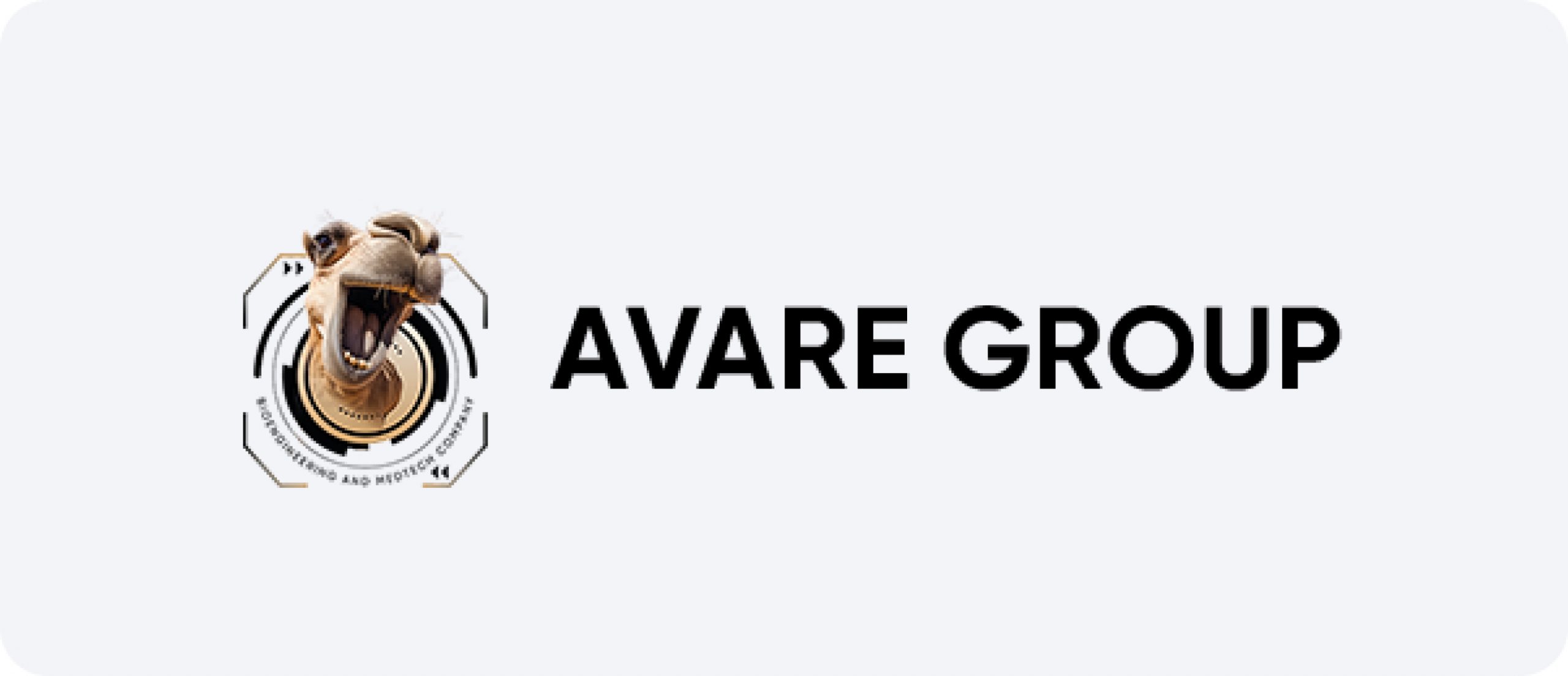
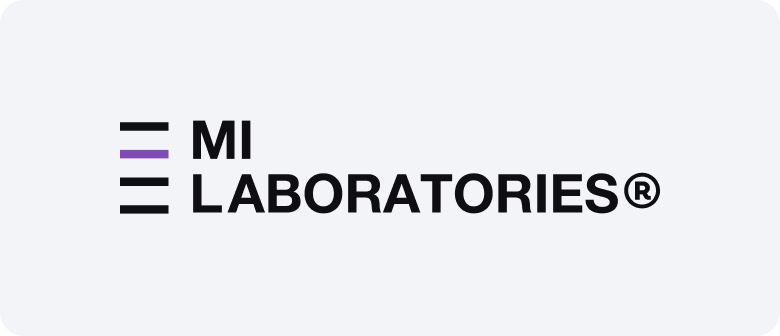
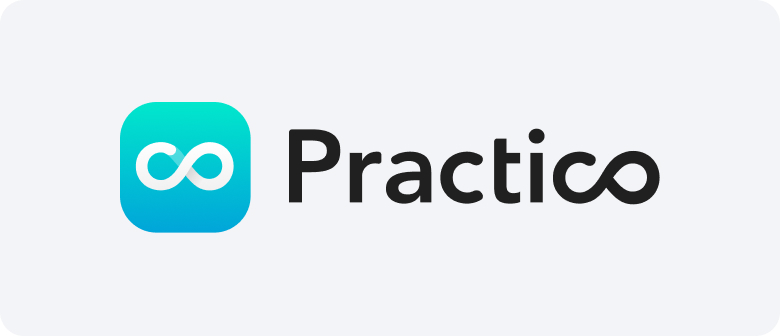
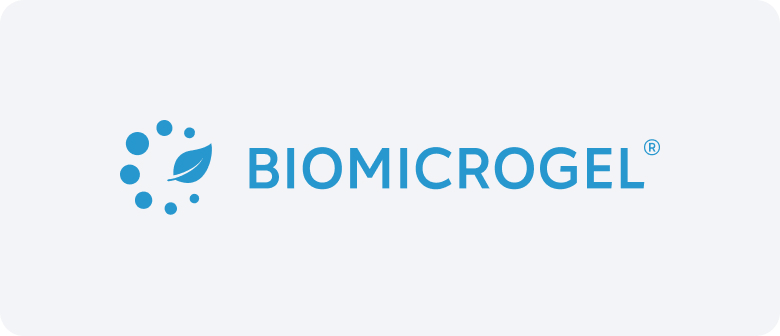
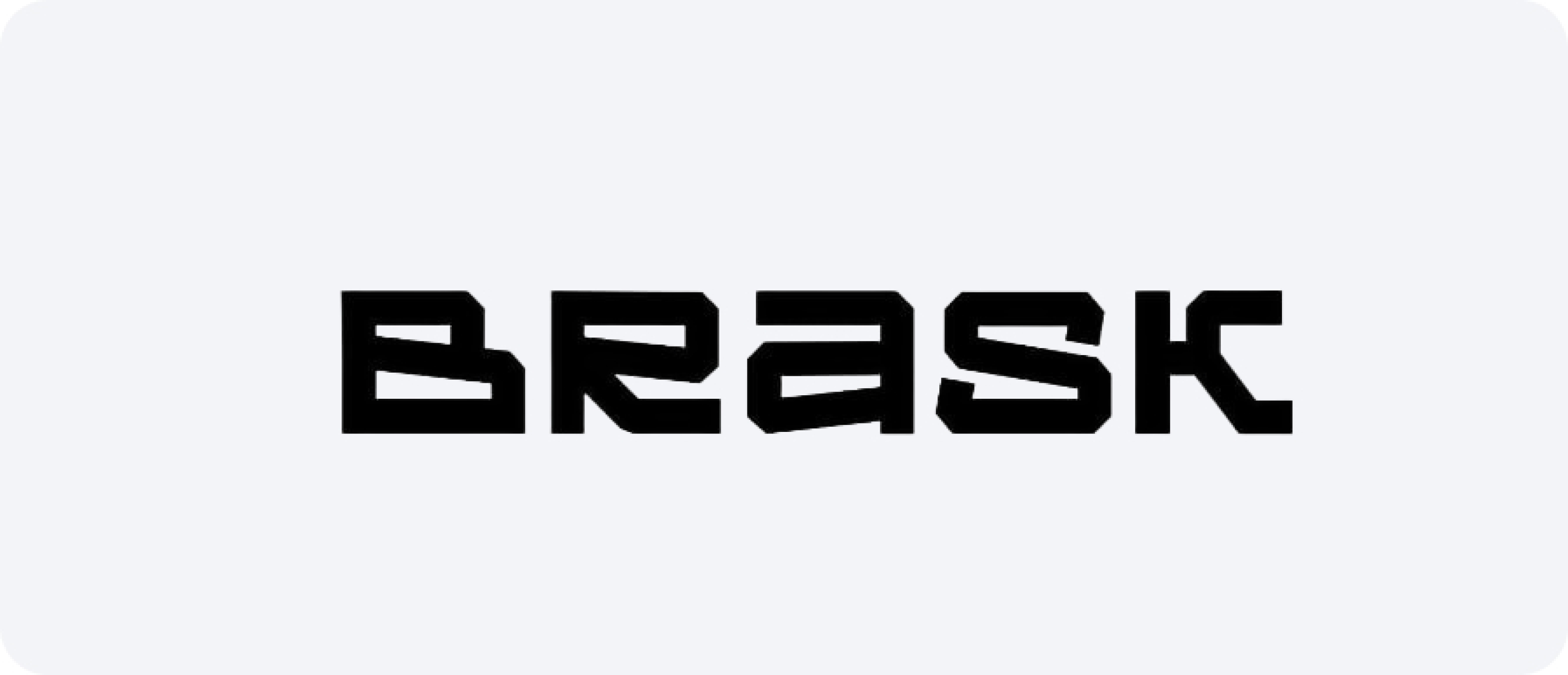
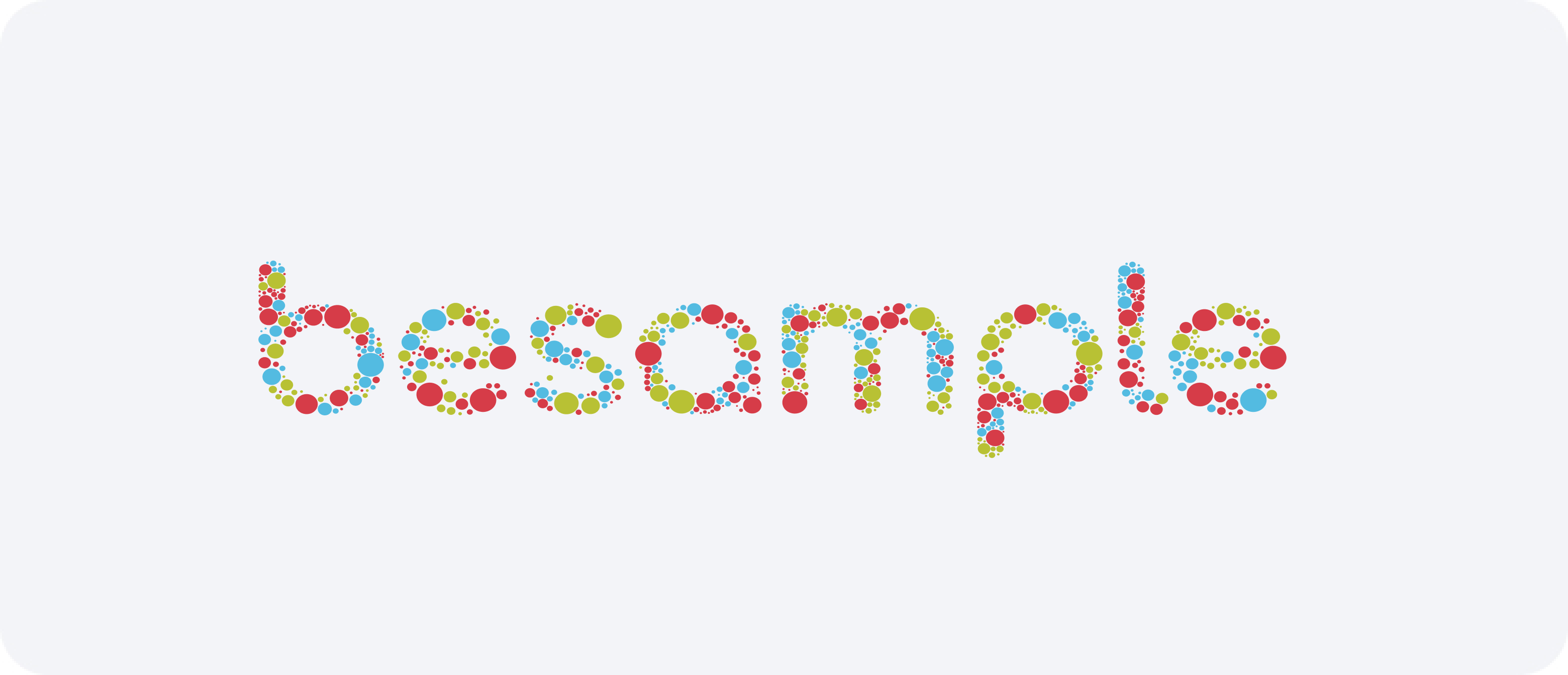
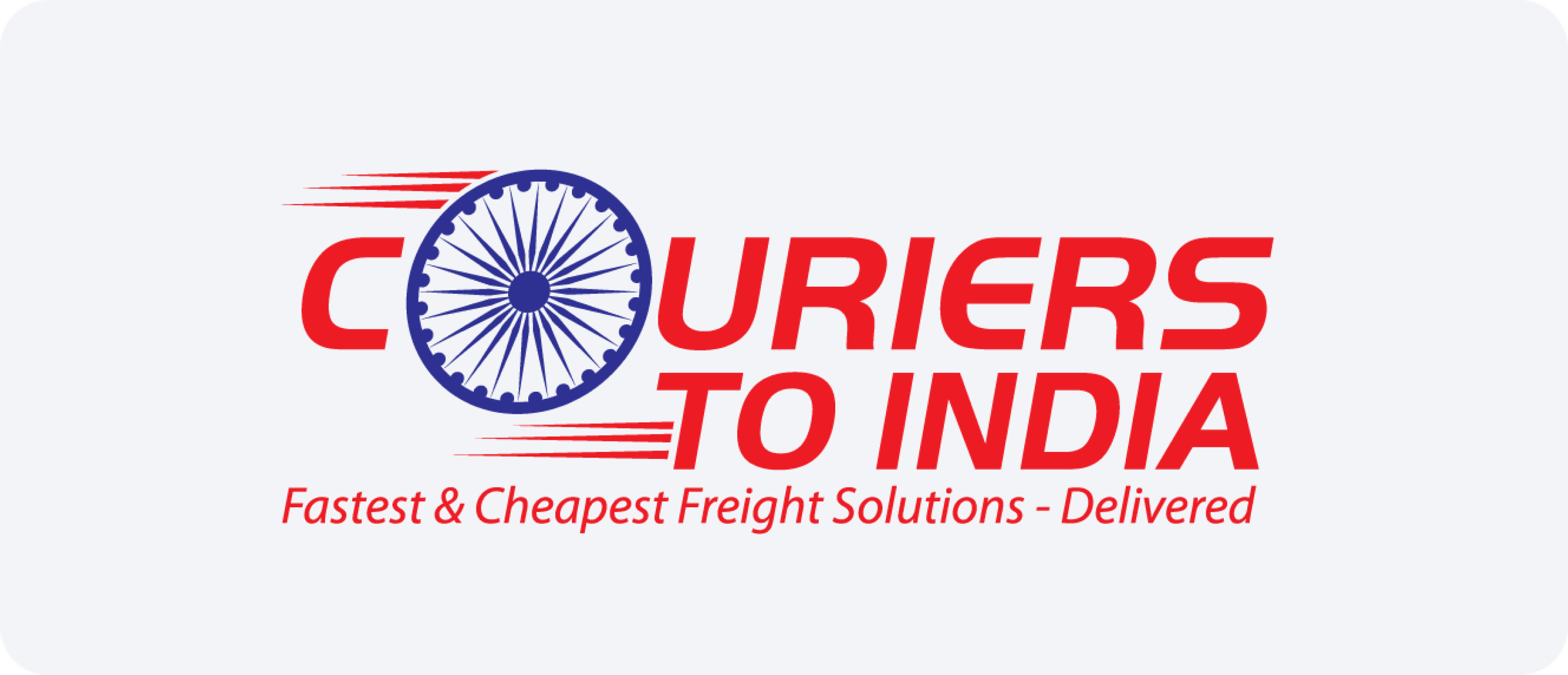

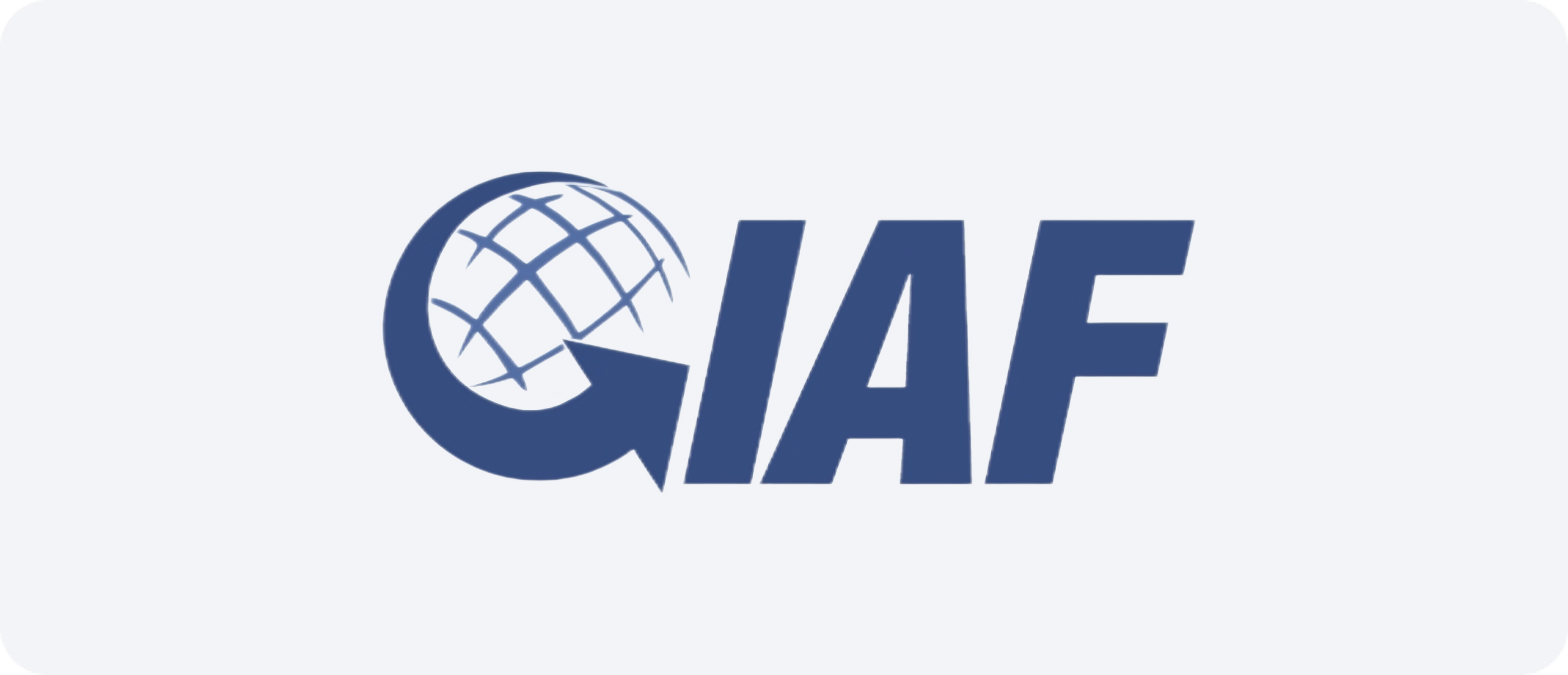
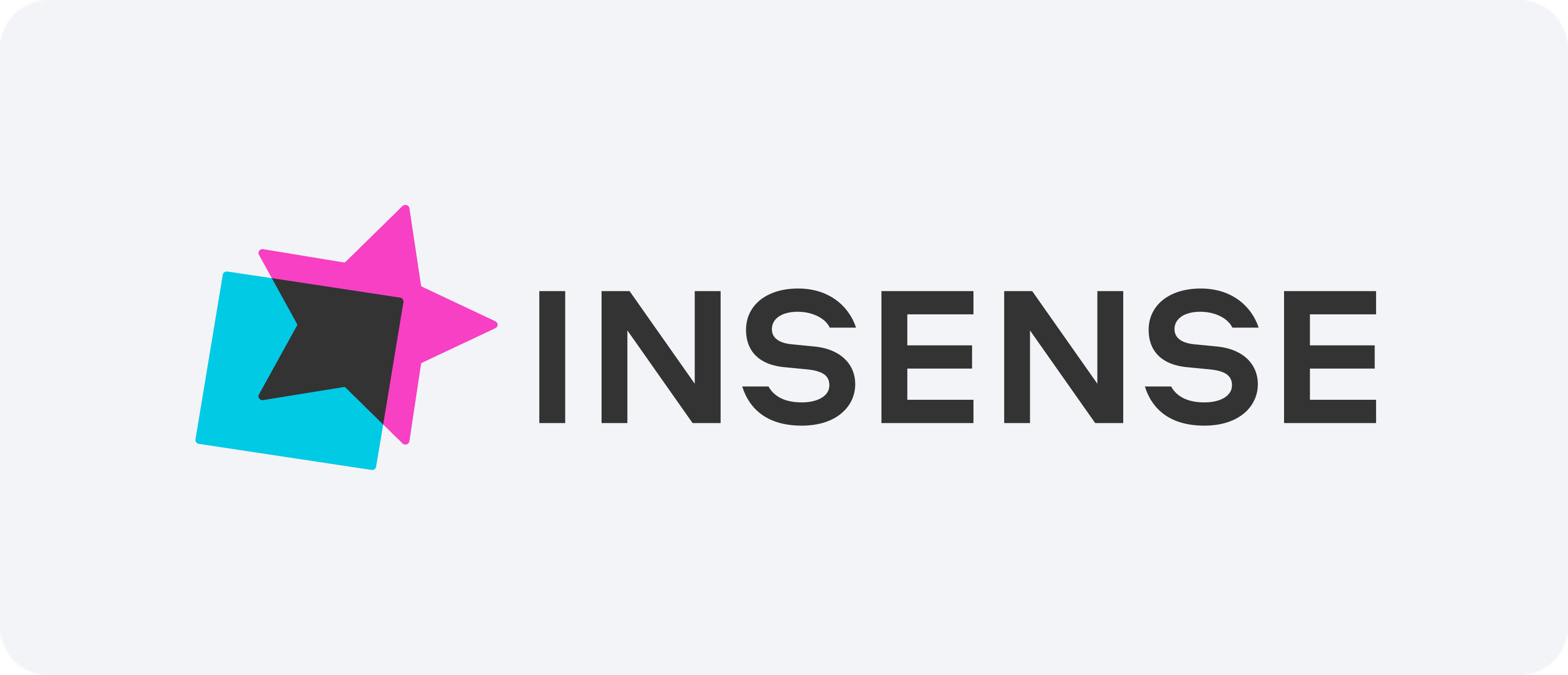

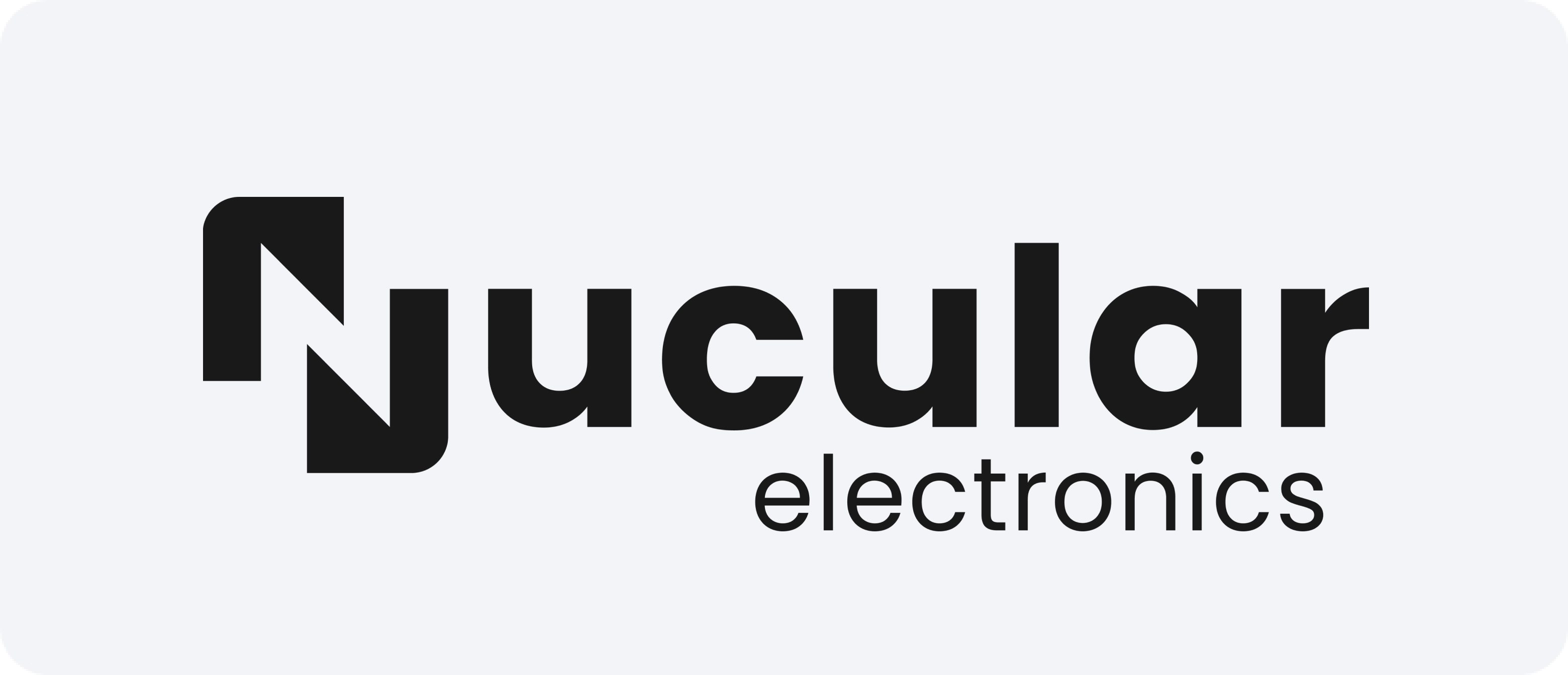
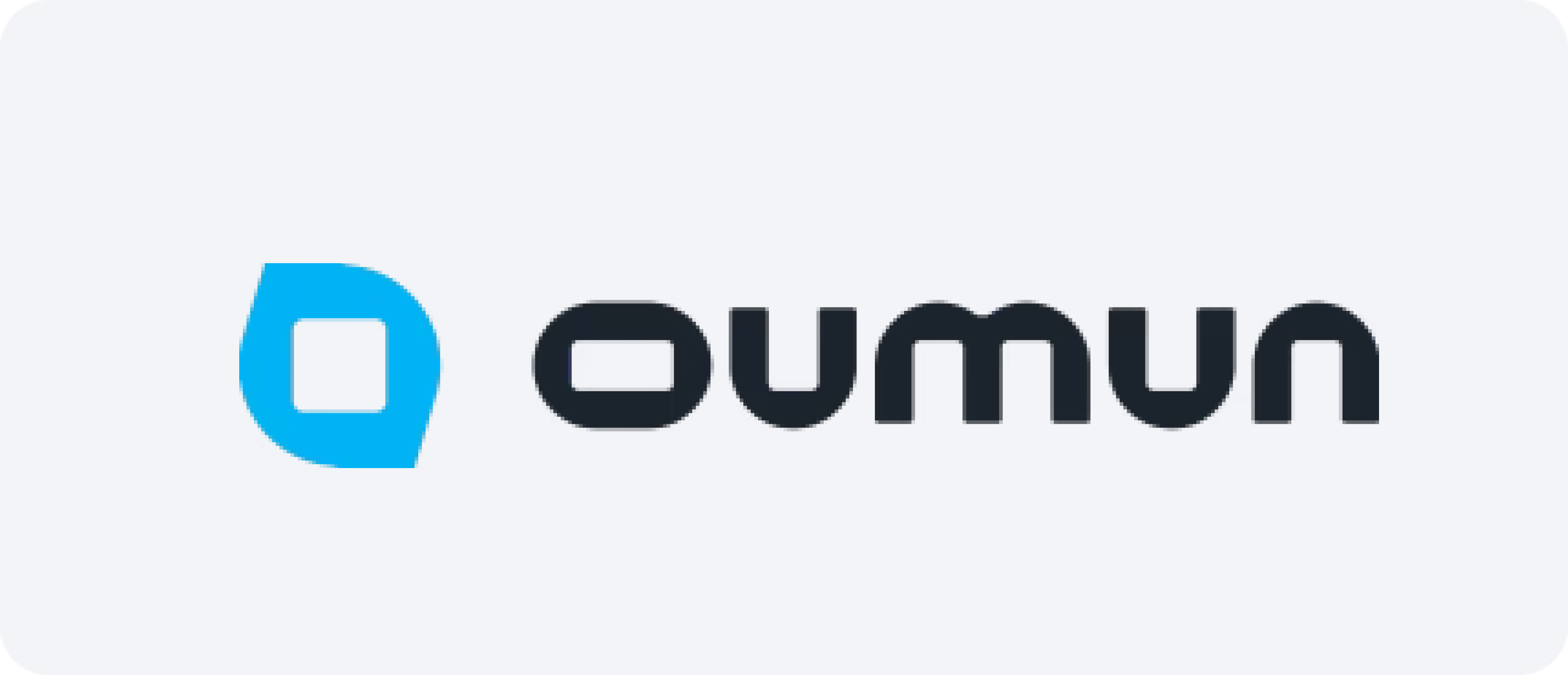

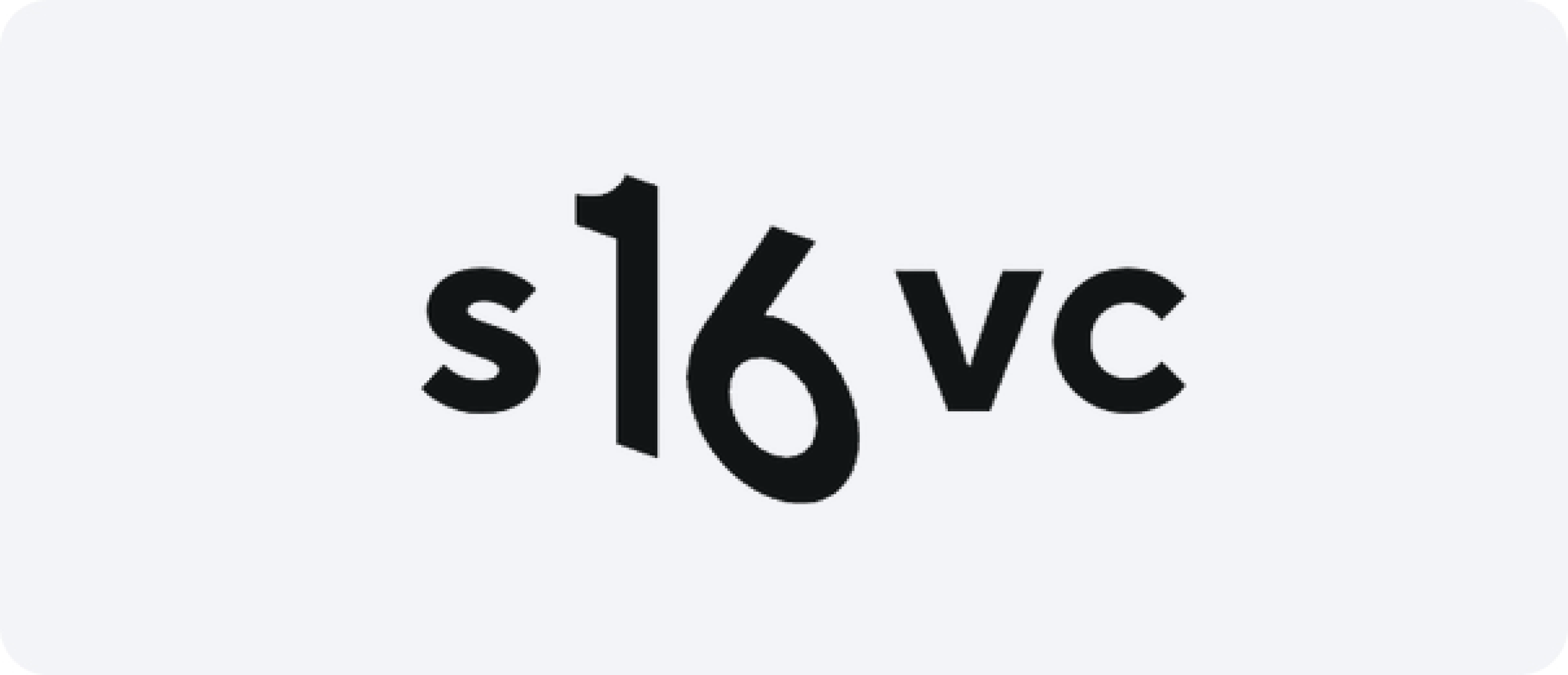




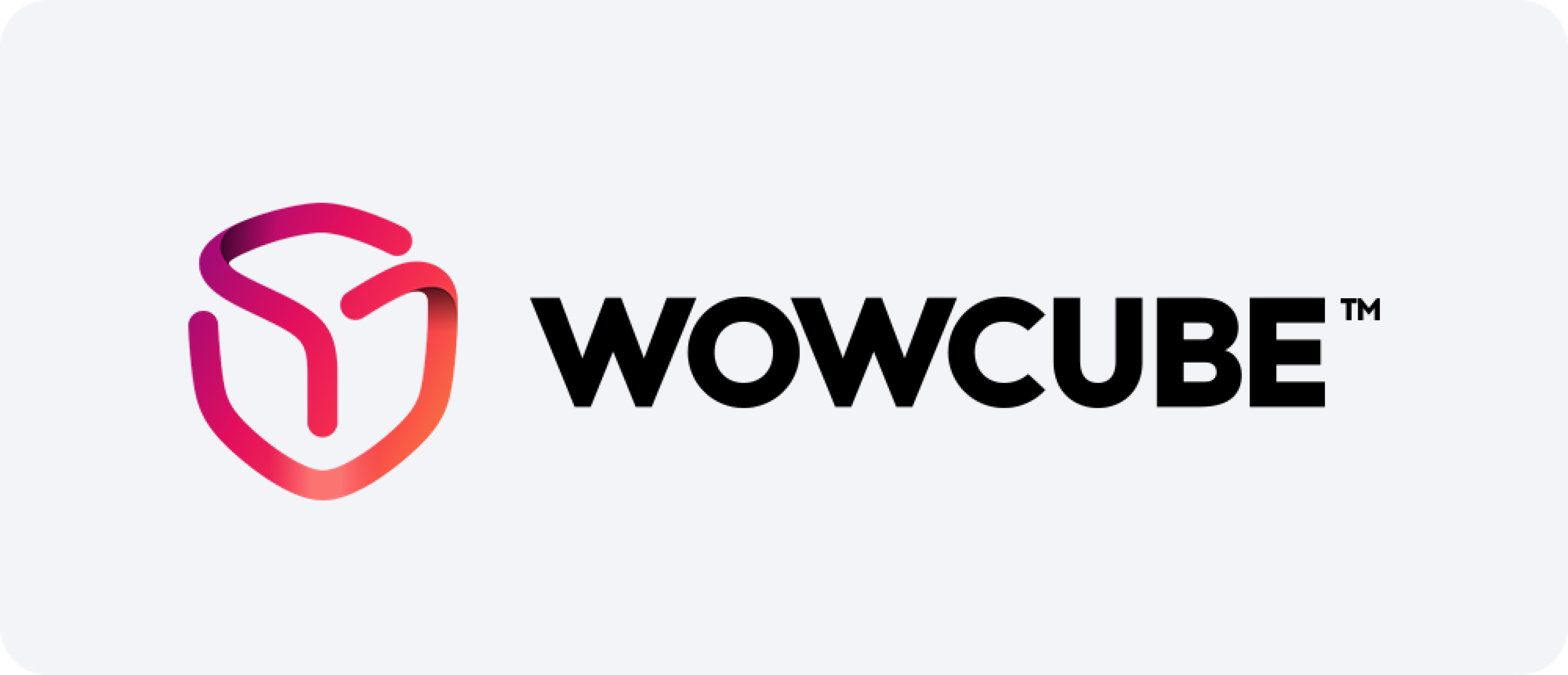












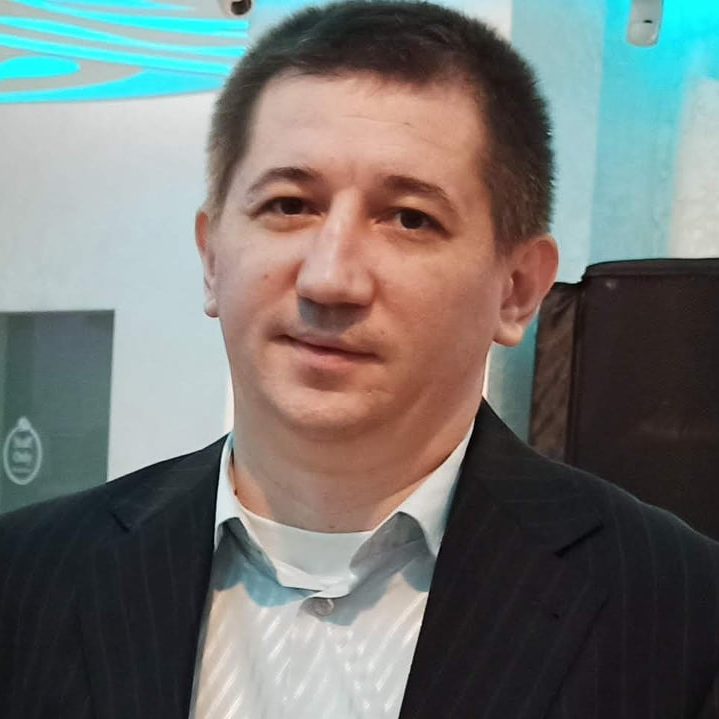

Notice of Allowance and Patent Granting Worldwide: What Innovators Should Know
Receiving a notice of allowance is a pivotal moment in the patenting process. This formal communication signals that an office has completed its examination and is ready to grant a patent, provided that the applicant fulfills the final requirements. Understanding how this process works across different jurisdictions is essential for innovators and businesses seeking protection worldwide.
The issuance notification is more than a procedural milestone — it is a green light for innovation to move forward, giving inventors a chance to secure exclusive rights. Whether you are filing in the United States, Europe, Asia, or other regions, recognizing the nuances in patent granting processes ensures you are well-positioned to protect your intellectual assets globally.
Understanding the Global Patent Granting Process
Although laws vary across jurisdictions, most countries follow a similar sequence: application submission, examination, issuance, and eventual issue of rights. Once a notice of allowance is issued, applicants are usually required to pay issuance fees and provide final documents. This initiates the publication and formal issue of the patent.
In the United States, the notification is issued after the USPTO examiner determines that an application complies with all statutory requirements. Other jurisdictions, such as the EPO or the JPO, have comparable but locally adapted processes.
The following elements are typically found in the global approval pipeline:
- The notification issued after successful examination
- Payment of applicable issuance fees
- Submission of any final revisions or documents
- Publication of invention grant
- Issuance of rights to the applicant
Despite similarities, timelines and procedures can differ. In Japan, for instance, applicants must request examination within a specific time frame, while in the European Union, translation requirements and validation steps follow approval.
Key Differences in Approving Worldwide
Securing patents in multiple countries demands knowledge of local practices and potential delays. Here’s a brief overview of how some major jurisdictions handle the issuance notification and approving process:
- United States: After receiving the issuance notification, applicants typically have three months to pay the issue fee. Once processed, the issue is published and the invention number assigned.
- European Union: After the "intention to issue" communication, applicants must approve the text and pay the fee. The invention is then published and validated in selected member states.
- China: Once the application is found allowable, the CNIPA issues a notification and requests the final fee. The invention is then issued and published.
- Japan: The JPO issues an issuance notification, requiring payment of registration fees. Rights are conferred after entry in the invention register.
- Canada: Following the issuance notification, applicants must pay a final fee within a set period. The invention is then granted.
- Australia: After acceptance, the invention is published and issued following a waiting period, no fee is required.
- Brazil: The approving process often takes longer due to a backlog, but once allowed, a notification is sent, and final fees are required for issuance.
Benefits of Receiving an Issuance Notification
Receiving an issuance notification brings several advantages:
- Legal Certainty – It confirms that the invention is considered novel, inventive, and industrially applicable.
- Monetization Opportunities – Investors and partners may engage once they see a clear path to approving.
- Market Positioning – Companies can publicly disclose their pending issue, often marked as "pending."
- Licensing Potential – With an issuance notification in hand, licensors gain leverage in negotiation.
- Strategic Planning – The timeline for entering foreign jurisdictions or requesting divisional applications becomes more concrete.
Common Challenges and Considerations
While an issuance notification is cause for optimism, it does not guarantee automatic approval. Several issues can still arise, such as:
- Missing the deadline to pay the issue fee
- Errors in the final text or drawings
- Translation mistakes in non-English jurisdictions
- Post-issue opposition or re-examination in some regions
- Diverging rules for divisional or continuation applications
Proactive management is critical. Agents and attorneys often coordinate global filings to ensure that approving proceeds smoothly across countries. Utilizing tools like the PCT can streamline international filings under a single procedure before entering national phases.
Tips for Managing Invention Approval Globally
Here are practical tips to optimize your international strategy:
- Monitor all deadlines closely after a notification is issued
- Budget for issue fees across jurisdictions
- Ensure translation accuracy for regions like Europe, Japan, or China
- Work with local counsel who understand national laws and timelines
- Plan for potential licensing or enforcement once the invention is granted
- Align filing strategies with business goals—some markets may not require full issue coverage
Final Thoughts
The journey from application to invention issue is filled with milestones, but the issuance notification is one of the most crucial. It signals the final stretch in securing intellectual property rights globally. Understanding jurisdiction-specific processes helps inventors and companies plan better, reduce risks, and enhance their global IP strategy.
With thoughtful preparation and experienced support, businesses can navigate the approving process across borders, turning innovation into protected market advantage.
